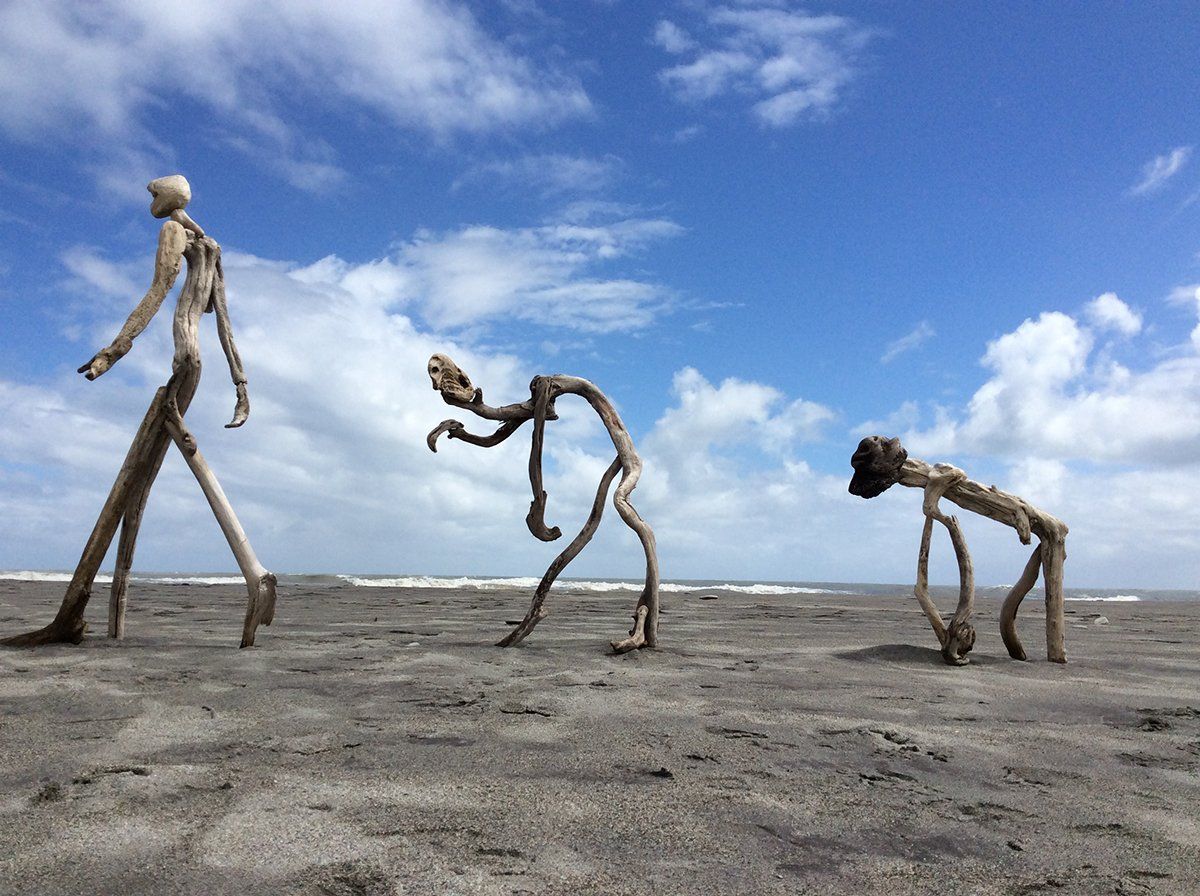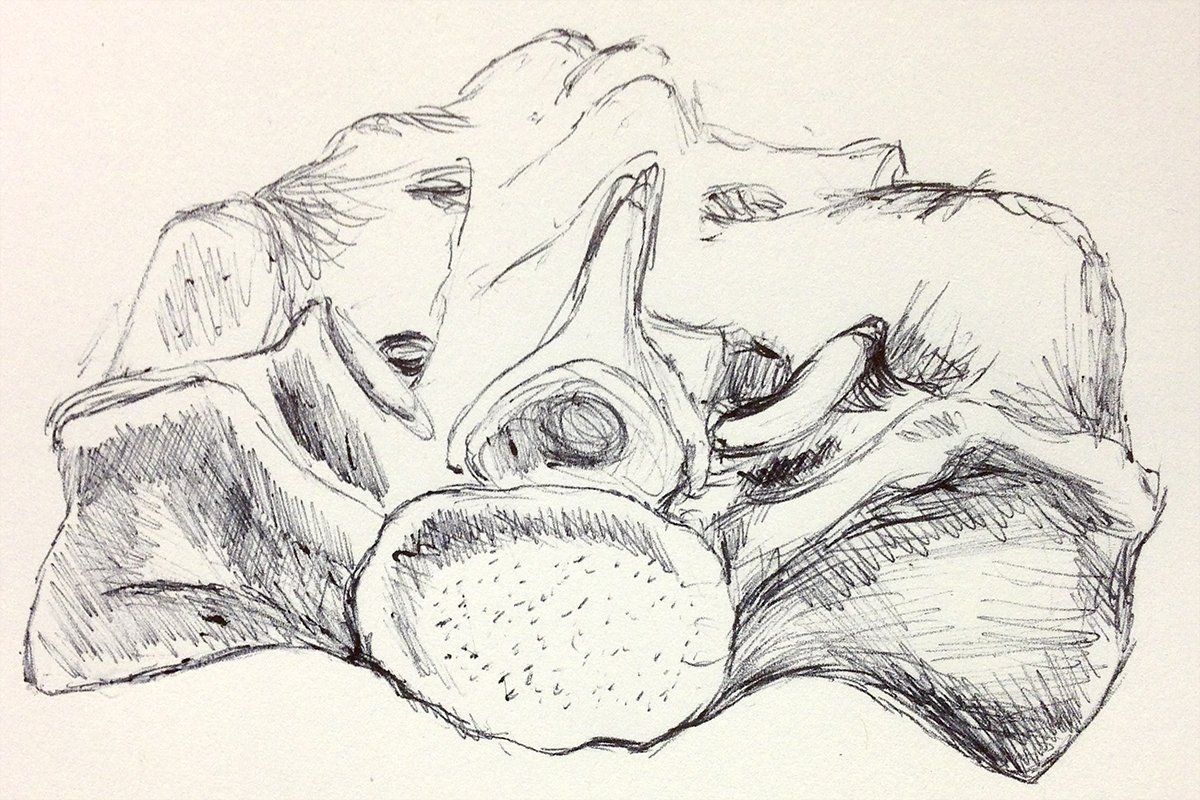10. Shared Being Shared Meaning

Previously, I have explored intersubjectivity in healthcare relationships using Gadamer’s fusion of horizons metaphor. In this post, I expand this exploration with a focus on the hermeneutic (sense-making) aspect of intersubjectivity.
This draws me back to the ontological question of what it is to have existence, and to share that existence with other beings. I do not claim to be an authoritative interpreter of Heidegger, but I am persuaded by the argument of Heideggerian scholar Thomas Sheehan, who - having met and interviewed Heidegger towards the end of his life - claims that the philosopher’s project was not an investigation of “Being” and “Time”, so much as an inquiry into how the intersection of these two vectors leads to an emergent property - meaning.
According to Sheehan, the property of meaning is at the heart of Dasein; with meaning being any or all of these things: the salience, sense, relevance, factuality or situatedness of a being amidst phenomena. Mitsein - the concept of being in the world together with others - is sometimes interpreted as “intersubjectivity” (the idea that we share our existence with others and in-so-doing fuse our horizons with them). If we take Sheehan’s perspective, we understand that intersubjectivity is only partially defined if, we consider it to be about sharing existence with others; fully defined, intersubjectivity entails shared sense-making; hence a human being is a hermeneut, and human beings collectively are by necessity - and are never not - engaged in shared sense-making.
This definition of sense-making may entail an explicitly cognitive and discursive togetherness or indeed dissonance; or it may entail an atavistic and unworded bumping along together. The point about human hermeneusis is not at all that it involves reason, purpose and language; the point about it is that it is an ever-operational background, midground and foreground condition of existence: a process of active-receptive sensing-responding to context.
Now a leap back from the abstract to a specific example: a hermeneutic healthcare relationship. An intersubjective, “person-centred” healthcare encounter is not characterised by the healthcare expert dispensing their empathy, attention and communication skills in an attempt to gain and share an explicit understanding with the patient about the nature of the problem and the options ahead. It is characterised, instead, by a meaningful, human, co-inhabitation of the world of the illness at-hand, and shared orientation towards helping the patient navigating this world.
In my next post...
I will describe a fictional case that illustrates hermeneutic healthcare in operation.
You might also like...




